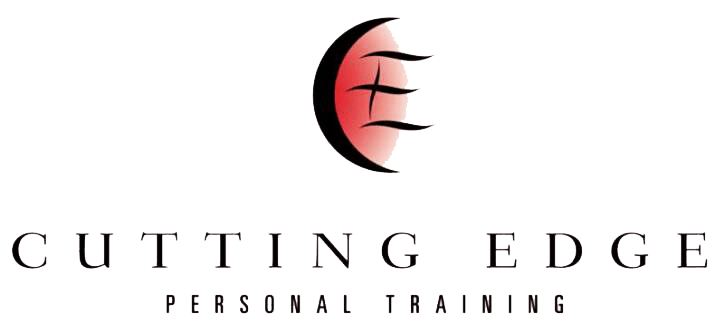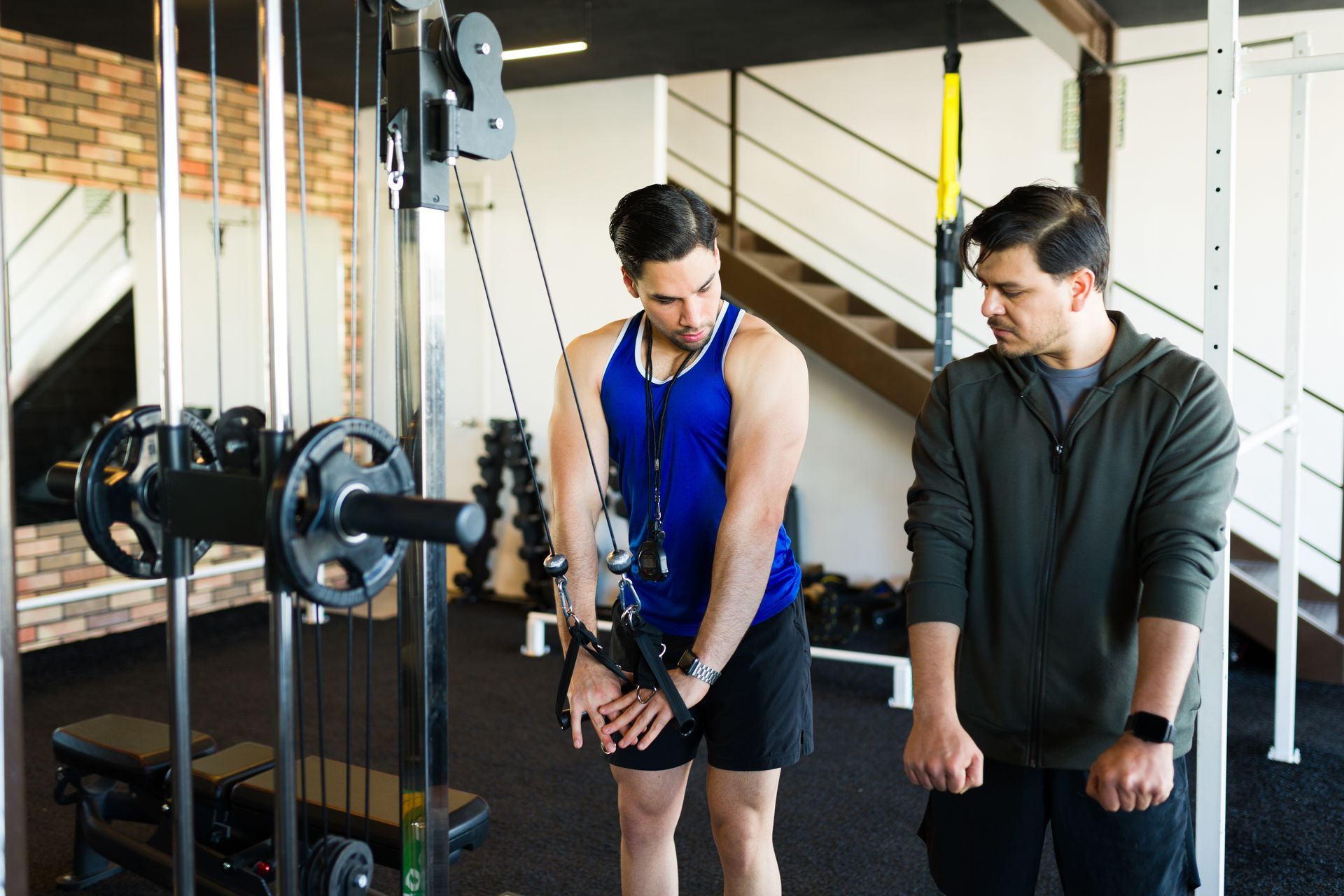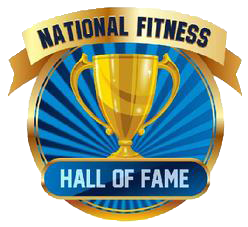June 6, 2025
When Average Training Habits Limit Your Progress
A Coach’s Perspective from a Personal Trainer in Nashville
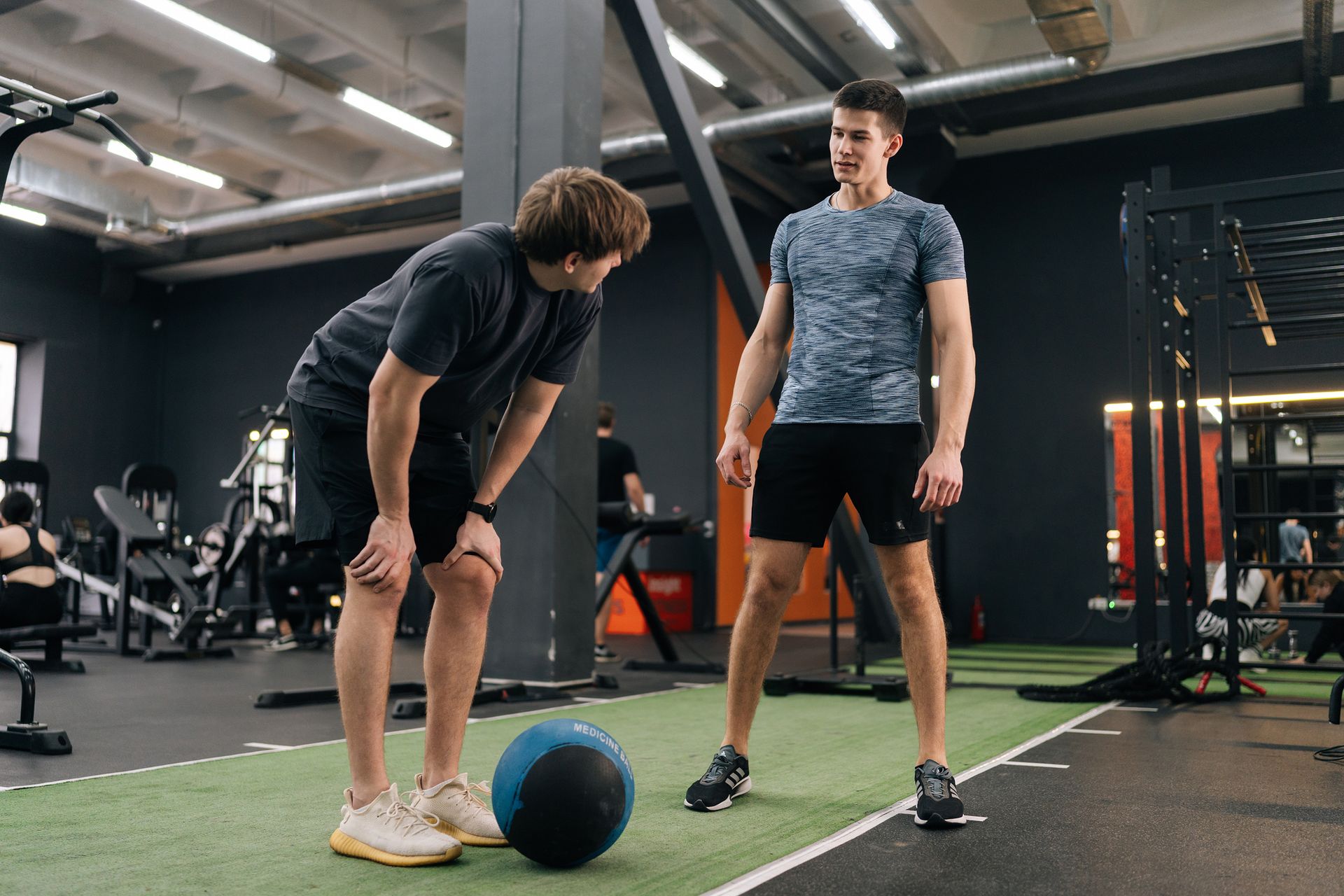
There’s no shame in starting with a conventional approach to training—everyone begins somewhere. But if your goal is anything more than average results, then average training habits won’t get you there. Not for long, anyway.
As a personal trainer in Nashville, I’ve seen firsthand how small mistakes in consistency, intensity, and mindset can quietly stall progress for months—sometimes years. The good news? Fixing them doesn’t require a total overhaul. Just clarity, intention, and a willingness to level up.
Here are five common traits that limit progress and lead to frustrating plateaus. Addressing them might be the difference between spinning your wheels and seeing real, lasting results.
1. You Follow Programs Without Understanding Why
Following a popular strength program or a social media influencer’s workout split can seem like a smart move. And sometimes, it is. But blindly following any system without understanding the underlying principles usually leads to one outcome: stagnation.
Not every protocol fits every person. Personal training in Nashville TN, for example, must take into account a client’s limb length, training history, work stress, or even nutrition preferences. That’s why it’s so important to ask:
What’s the rationale behind this method?
Does it match your goals, recovery ability, and individual structure?
Take what works. Leave what doesn’t. Learn to adjust based on feedback. That’s the beginning of real training intelligence—and the foundation of every Nashville fitness training program I design.
2. You Change Programs Too Often
Program-hopping is one of the most common progress killers I see, especially among intermediate lifters.
Yes, novelty can help with motivation—but constantly changing routines undermines the very adaptations you’re trying to create.
In the first few weeks of a new program, most of the gains are neurological—your body is learning the movement. True muscular growth and strength only follow after consistent exposure to the same movements, sets, and patterns.
If you're constantly switching gears, your body never has a chance to build. That’s why my Nashville personal training and online coaching clients often stay on programs with the same core lifts for 6–12 weeks—progressing steadily before introducing new variables.
3. You Don’t Know What Real Effort Feels Like
Here’s a truth most don’t want to hear: most people think they’re training hard—but they’re not.
They stop too early. They avoid discomfort. They don’t chase progressive overload. And because of that, their results suffer.
You don’t have to hit failure every set. But you do need to get uncomfortably close. Effort is a skill. And in every one of my personal training Nashville TN sessions, part of the goal is teaching clients what it actually feels like to push.
The body adapts when it's challenged. Train too comfortably, and you won’t give it a reason to grow.
4. You Don’t Track or Evaluate Anything
Progress that isn’t measured is progress that’s often missed.
Your training outcomes are influenced by more than just your workout. Sleep, stress, previous injuries, joint health, limb mechanics, and even personality can affect results.
That’s why tracking is essential—not just weights and reps, but also how exercises feel. If you’re not noting what movements bother you, which ones you’re improving on, or how your body responds to different volumes, you’re guessing.
In my Nashville personal training approach, we keep things simple—but nothing is left to chance.
5. You’ve Stopped Learning
You don’t need a degree in exercise science—but you do need curiosity.
Physical progress is tied to intellectual engagement.
When you stop learning, you stop growing.
The best clients I work with (in both in-person and online personal training) ask questions. They read, listen to podcasts, watch lifting videos, and seek better understanding. You don’t need to become an expert—but if you want above-average results, you’ll need above-average knowledge and intention.
Final Thoughts
Elevating your training beyond average doesn’t mean chasing perfection. It means being more thoughtful. More deliberate. More aware.
You don’t need 2-hour workouts or six meals a day to see results. You need to understand why you’re doing what you’re doing—and then do it well, over time.
That’s how fitness stops being just a task—and becomes a craft.
Want to Train Smarter and Break Through Your Plateau?
I offer expert
personal training in Nashville TN, as well as
online coaching for clients across the U.S.
Whether you're just getting started or trying to break out of a long-standing rut, we’ll build a plan tailored to you, not the internet.
📍 Contact Coach Jim - Nashville Personal Trainer
